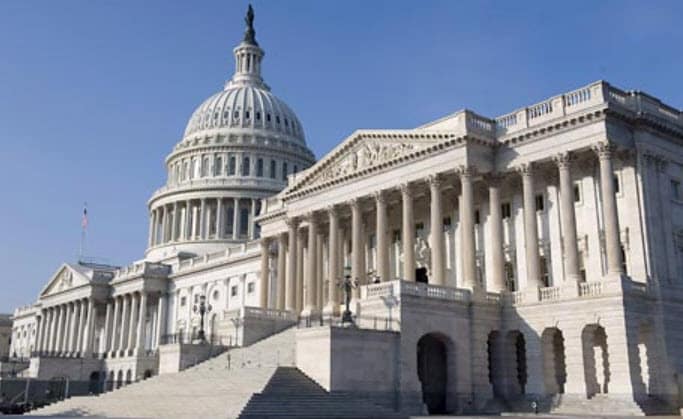The Council on Recovery applauds the U.S. Senate’s passage of the final version of a sweeping opioids package Wednesday. Passed with rare bipartisan support by a vote of 98-1, the bill will be sent it to the White House for expected signature.
The bill represents Congressional response to the opioid epidemic, a growing public health crisis that resulted in 72,000 drug-overdose deaths last year. The House of Representatives passed the bill last week. It combines dozens of smaller proposals, from both sides of the aisle, that affect every federal agency. The bill is aimed at addressing different aspects of the opioid crisis, including prevention, treatment and recovery.
Major Provisions
Among major provisions, the legislation creates a grant program for comprehensive recovery centers that include housing and job training, as well as mental and physical health care. It also increases access to medication-assisted treatment to help people with substance abuse disorders safely detox from the opioids.
Another portion of the bill changes a prohibition that limited Medicaid from covering patients with substance abuse disorders who were receiving treatment in a mental health facility with more than 16 beds. The bill lifts that rule to allow for 30 days of residential treatment coverage.
The bill also gives Medicare beneficiaries more information on alternative pain treatments, and expands treatment options for enrollees who are addicted to opioids.
Funding in the Bill
Congress has appropriated $8.5 billion this year for opioid-related programs, but has not guaranteed funding for subsequent years. Some members of Congress have proposed committing at least $100 billion over ten years to fight the opioid epidemic.
The Council on Recovery
The Council on Recovery is in the vanguard of local efforts to stem the opioid epidemic with a broad array of prevention, education, treatment, and recovery programs. The Council also recently hosted the 2018 Houston Opioid Summit. For more information about our services, contact us today.

